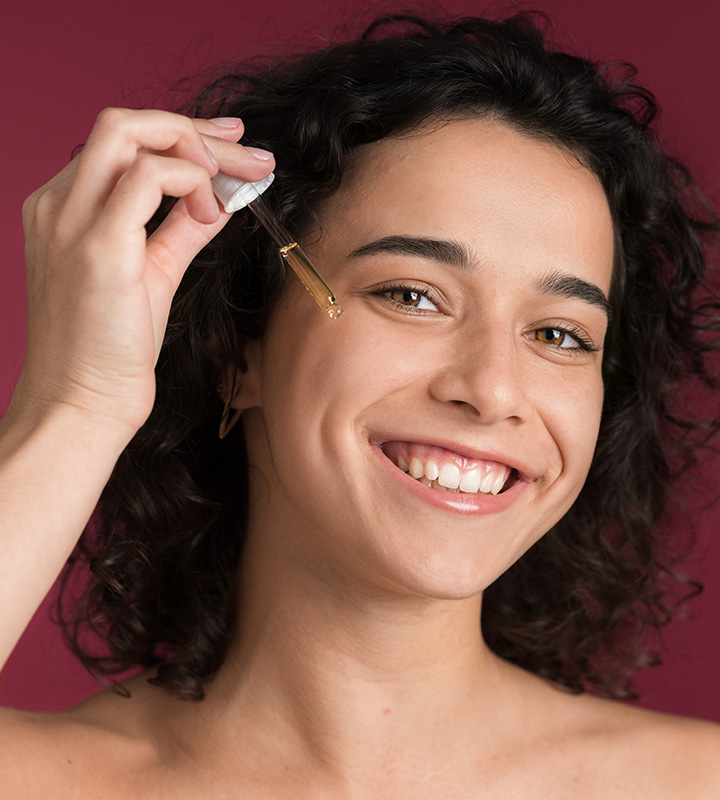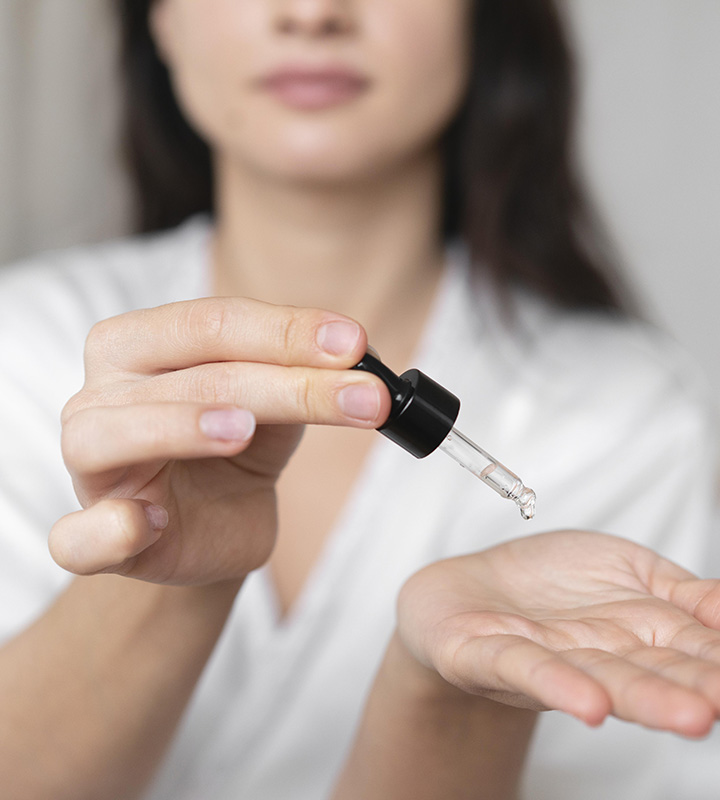9 things i wish someone had told me before applying peel off mask
Peel-off masks are definitely fun and in vogue. But, it comes with a bunch of questions that people often search for. Let's try to know those.
Retinol serum has been on-trend in recent times. If you are one of those who want to begin using this active ingredient and find it difficult, then read on to learn all the beginner tips for successfully incorporating retinol serum while keeping skin calm and comfortable.
By SOMA
Posted on | Last Updated
Retinol serum has become a staple of anti-ageing skincare routines for its dramatic collagen-boosting powers. However, starting retinol can be challenging due to potential irritation and sensitivity.
Using a gentle face wash alongside retinol serum helps care for sensitive skin during the adjustment period for the best long-term results.
Read on to learn beginner tips for successfully incorporating retinol serum while keeping skin calm and comfortable.

Retinol is a vitamin A derivative that stimulates collagen production and cell turnover to reduce signs of aging. When starting out with retinol serum:
– Use a 0.25% to 0.5% mild strength 2-3 nights per week to begin. Slowly build up tolerance over weeks to daily use.
– Apply only a pea-sized amount mixed with moisturizer over face, avoiding eyelids, lips and neck.
– Monitor for dryness, flaking, stinging or redness. Reduce application if sensitivities arise.
– Always use retinol serum at night. Avoid sunlight as retinol increases sun sensitivity.
– Expect 3-6 months of consistent use before seeing improvements in fine lines, texture, tone and firmness. Be patient!
As skin adjusts, aim to work up to daily use of a 1% retinol serum at night for best anti-aging effects.
Using a extra-gentle face wash while starting retinol keeps skin calm and comfortable. Seek cleansers with:
– Soothing botanicals like aloe, chamomile, calendula
– Hydrating oils and ceramides to replenish skin
– Creamy gel or milky textures, free of harsh foaming agents
– Skin-identical pH between 4.5-6.0, like the skin’s natural pH
– Free of fragrances, parabens, sulfates, alcohol, soap
Apply face wash once or twice daily, using hands only and massaging gently before rinsing thoroughly with lukewarm water. Pat dry and immediately apply moisturizer.
Nearly all will experience an adjustment period with side effects like:
– Purging – Existing pimples may surface at first before clearing. This is normal part of the retinization process!
– Peeling – Light exfoliation helps reveal fresh new skin over time.
– Tight, dry feeling – Hydration is key for comfort.
– Use hydrating serum and cream and/or night mask to combat dryness and peeling
– Apply moisturizer immediately after washing face while skin is still damp
– Mix in a hydrating face oil with retinol serum to limit irritation
– Drink lots of water and eat foods rich in healthy fats for hydration
– Back off retinol to every 3rd night if irritation persists and limit to once a week on cheeks if needed
– Buffer retinol by applying moisturizer first if skin remains too sensitive
With time, skin adjusts and side effects resolve for clear, renewed skin. Be patient!
– Using antioxidant serums with vitamin C, ferulic acid, resveratrol to fend off environmental damage
– Exfoliating weekly with a gentle scrub containing lactic or glycolic acid to reveal fresh skin
– Applying hyaluronic acid serum before retinol to maximize moisture retention
– Getting monthly facials combining retinol with chemical exfoliants and masks for amplified effects
– Taking collagen supplements and using collagen-boosting face masks
– Practicing healthy lifestyle habits like eating nutrient-rich foods, staying hydrated, exercising, and sleeping 7-9 hours nightly
– Checking with your dermatologist before starting, especially if pregnant, breastfeeding or have an underlying condition
– Doing a patch test on the arm or behind ear for 24-48 hours to check for reactions before full facial use
– Wearing broad spectrum SPF 30 sunscreen over morning moisturizer and limiting sunlight while using retinol
– Stopping use and calling your dermatologist if severe redness, burning, or irritation occur
– Keeping away from eyes, lips and corners of nose which are prone to irritation
– Storing serum in a cool, dark place and being sure to buy fresh every 2-3 months.

While retinol offers an array of benefits, its potency can also lead to side effects, especially when used incorrectly or in excessive amounts. Some common side effects of retinol serum include:
One of the most common side effects of retinol is skin irritation, which may manifest as redness, dryness, flakiness, or a burning sensation. This occurs because retinol accelerates cell turnover, leading to the shedding of dead skin cells and exposing newer, more sensitive skin underneath.
Retinol can make the skin more susceptible to sun damage. Therefore, it is crucial to use sunscreen diligently when using retinol products to protect the skin from harmful UV rays.
Some individuals may experience an initial worsening of acne or breakouts when first using retinol.
This is often referred to as the “purging” phase, during which retinol accelerates the skin’s renewal process, bringing underlying impurities to the surface. However, this phase typically subsides with continued use.
High Concentration of Retinol can disrupt the skin’s moisture barrier, leading to dryness, flakiness, and peeling, especially during the initial stages of use. Hence, try to begin with a low concentration.
Retinol serum is undoubtedly a skincare superhero, capable of transforming the skin and addressing a myriad of concerns. However, it’s essential to approach its use with caution and awareness of potential side effects.
By starting slowly, practicing sun protection, and listening to your skin’s needs, you can harness the power of retinol while minimizing any adverse reactions.
Remember, healthy skin is a journey, and patience and diligence are key to achieving your skincare goals.
In summary, starting retinol serum therapy for anti-aging requires patience and diligent skincare to push through initial side effects.
Using a gentle face wash and moisturizer helps care for sensitive skin during the adjustment period. Follow tips to manage irritation and achieve the beautiful, renewed complexion that dedicated retinol use can bring about over time.